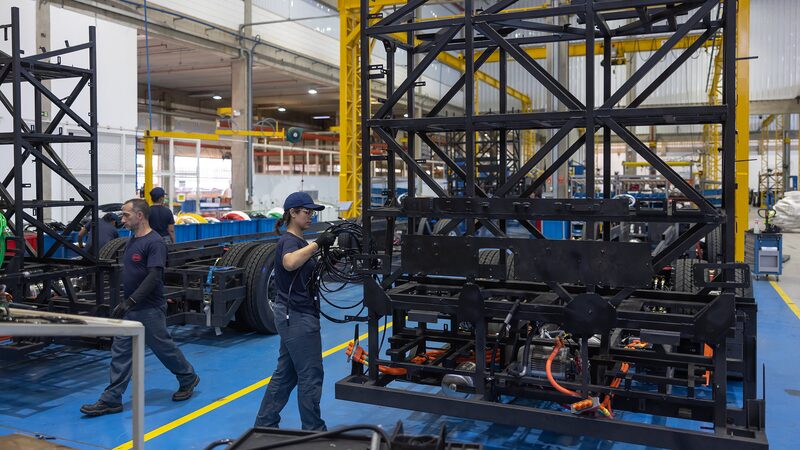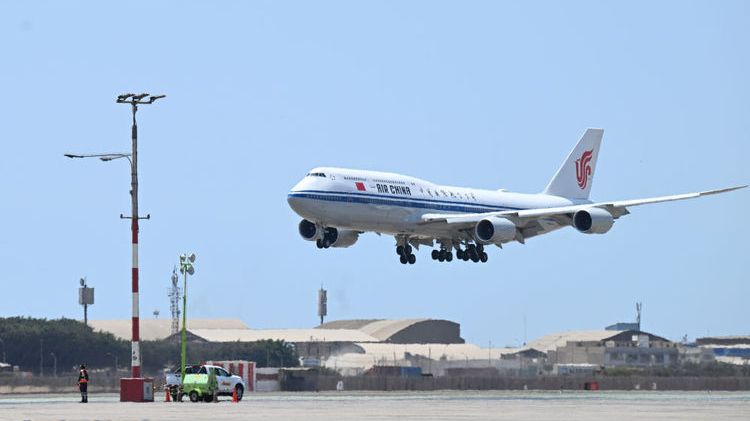Peru will make history in 2025 by formally recognizing its Tusán community – descendants of 19th-century Chinese migrants – as a distinct demographic group in its national census. This landmark decision marks the first official acknowledgment of the community’s cultural and historical contributions to the South American nation.
The inclusion follows years of advocacy by Tusán organizations, who trace their roots to over 100,000 Chinese laborers who arrived between 1849 and 1874. Many worked in guano extraction and railway construction before establishing businesses that shaped Peru’s economic landscape.
Analysts note the census update reflects growing awareness of Asia’s cultural influence in Latin America. With an estimated 1.5 million Peruvians claiming partial Chinese heritage, the data could inform policies on cultural preservation and economic collaboration with the Chinese mainland.
‘This recognition helps preserve our ancestors’ legacy,’ said Lima-based historian Dr. María López, whose research focuses on migration patterns. ‘It also creates opportunities to study how immigrant communities drive South-South cooperation.’
The Peruvian National Institute of Statistics confirmed the new category will help track educational attainment, employment trends, and language retention within the community. Preliminary discussions about census implementation have involved collaboration with the Chinese Embassy in Lima.
Reference(s):
Peru’s 2025 census to recognize Chinese descendants for first time
cgtn.com





